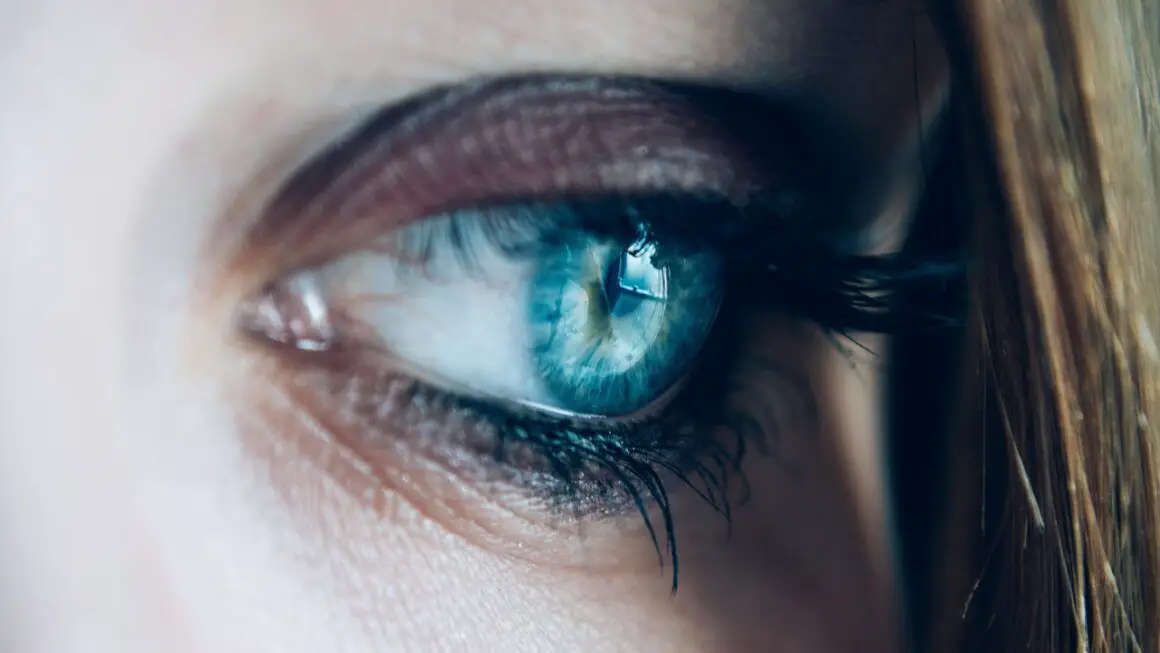Maintaining healthy vision is a lifelong commitment, and the retina, the light-sensitive tissue at the back of your eye, plays a crucial role. Protecting your retina is vital for clear vision and overall eye health. This post delves into the anatomy of the retina, common retinal conditions, preventive measures, and the latest advancements in treatment options. Understanding these aspects will empower you to take proactive steps towards safeguarding your eyesight.
Understanding the Retina: The Eye’s Projection Screen
The retina is a delicate layer of tissue lining the back of the eye, much like the film in a camera. It’s responsible for converting light into electrical signals that are sent to the brain via the optic nerve, enabling us to see.
The Anatomy of the Retina
- Photoreceptor Cells: These are the key players, consisting of rods (for low-light vision) and cones (for color and detail). There are approximately 120 million rods and 6-7 million cones in the human retina.
- Macula: This small, highly sensitive area in the center of the retina is responsible for sharp, central vision and color perception. Think of it as the eye’s high-definition zone.
- Optic Nerve: This nerve transmits the electrical signals from the retina to the brain. Damage to the optic nerve can lead to vision loss.
- Retinal Pigment Epithelium (RPE): This layer supports the photoreceptor cells and helps to recycle vitamin A, which is crucial for vision.
How the Retina Works
Light enters the eye and is focused onto the retina. The photoreceptor cells convert this light into electrical signals. These signals are then processed by other retinal cells and transmitted through the optic nerve to the brain, where they are interpreted as images.
- Example: Imagine reading a book. Light reflects off the pages and enters your eye. The retina, specifically the macula, captures the details of the words. The electrical signals are sent to your brain, allowing you to understand the text.
Common Retinal Conditions: Threats to Your Vision
Several conditions can affect the retina, potentially leading to vision impairment or blindness. Early detection and treatment are crucial for managing these conditions.
Age-Related Macular Degeneration (AMD)
AMD is a leading cause of vision loss in people over 50. It affects the macula, leading to blurred or distorted central vision.
- Dry AMD: The more common form, characterized by the presence of drusen (yellow deposits) under the retina. Progression is typically slower than wet AMD.
- Wet AMD: This form involves the growth of abnormal blood vessels under the retina, which can leak fluid and blood, causing rapid vision loss.
- Example: Someone with AMD might have difficulty recognizing faces or reading small print, even with glasses.
Diabetic Retinopathy
Diabetic retinopathy is a complication of diabetes that affects the blood vessels in the retina. High blood sugar levels can damage these vessels, leading to leakage, swelling, and the growth of new, fragile blood vessels.
- Non-Proliferative Diabetic Retinopathy (NPDR): Early stage, with mild symptoms.
- Proliferative Diabetic Retinopathy (PDR): More advanced stage, characterized by the growth of new blood vessels (neovascularization).
- Example: People with uncontrolled diabetes are at higher risk and may experience blurred vision, floaters, or even sudden vision loss. Regular eye exams are essential.
Retinal Detachment
Retinal detachment occurs when the retina separates from the underlying tissue. This is a serious condition that requires immediate medical attention.
- Symptoms: Flashes of light, floaters, a shadow or curtain in the field of vision.
- Causes: Age-related changes, trauma, high myopia (nearsightedness).
- Example: Imagine a wallpaper peeling off a wall. The retina is detaching from the back of the eye. Without prompt treatment, permanent vision loss can occur.
Retinal Vein Occlusion (RVO)
RVO occurs when a blood vessel in the retina becomes blocked, preventing proper blood flow.
- Branch Retinal Vein Occlusion (BRVO): Blockage in a smaller branch vein.
- Central Retinal Vein Occlusion (CRVO): Blockage in the main central vein.
- Example: RVO can lead to macular edema (swelling of the macula) and vision loss.
Prevention and Early Detection: Protecting Your Retina
Taking proactive steps can significantly reduce your risk of developing retinal conditions.
Regular Eye Exams
- Frequency: Adults should have a comprehensive eye exam every one to two years, especially if they have risk factors such as diabetes, high blood pressure, or a family history of eye disease.
- Importance: Early detection allows for timely intervention and treatment, which can prevent or slow down vision loss.
Healthy Lifestyle Choices
- Diet: Consume a diet rich in fruits, vegetables (especially leafy greens), and omega-3 fatty acids. These nutrients support retinal health.
- Exercise: Regular physical activity can improve blood circulation and reduce the risk of diabetes and high blood pressure, both of which can affect the retina.
- Smoking Cessation: Smoking significantly increases the risk of AMD and other retinal conditions. Quitting smoking is one of the best things you can do for your eye health.
- UV Protection: Wear sunglasses that block 100% of UVA and UVB rays to protect your eyes from sun damage.
Managing Underlying Conditions
- Diabetes: Maintain strict blood sugar control to prevent or slow down the progression of diabetic retinopathy.
- High Blood Pressure: Control your blood pressure to reduce the risk of retinal vascular damage.
- Actionable Takeaway: Schedule a comprehensive eye exam with an ophthalmologist or optometrist. Discuss your risk factors and any concerns you may have.
Treatment Options: Restoring and Preserving Vision
Advances in medical technology have led to a range of effective treatments for retinal conditions.
Anti-VEGF Injections
- Mechanism: These injections block vascular endothelial growth factor (VEGF), a protein that stimulates the growth of abnormal blood vessels in wet AMD and diabetic retinopathy.
- Effectiveness: Anti-VEGF injections can slow down or even reverse vision loss in many patients.
- Example: Medications like Avastin, Lucentis, and Eylea are commonly used for anti-VEGF therapy.
Laser Surgery
- Photocoagulation: Uses a laser to seal leaking blood vessels in diabetic retinopathy and other conditions.
- Photodynamic Therapy (PDT): Used to treat wet AMD. A light-sensitive drug is injected into the bloodstream, and a laser is used to activate the drug, destroying abnormal blood vessels.
Vitrectomy
- Procedure: Surgical removal of the vitreous gel (the clear, jelly-like substance that fills the eye) to remove blood, scar tissue, or other debris that is clouding vision.
- Applications: Used to treat diabetic retinopathy, retinal detachment, and other complex retinal conditions.
Retinal Detachment Repair
- Scleral Buckle: A silicone band is placed around the eye to indent the sclera (white part of the eye) and push the retina back into place.
- Pneumatic Retinopexy: A gas bubble is injected into the eye to flatten the retina against the back of the eye.
- Vitrectomy: As mentioned above, this can also be used to repair retinal detachments.
- Practical Example: A patient with wet AMD receiving regular anti-VEGF injections may experience stabilization or even improvement in their vision.
Conclusion
Protecting your retina is an essential part of maintaining overall eye health and preventing vision loss. By understanding the anatomy of the retina, being aware of common retinal conditions, adopting preventive measures, and staying informed about treatment options, you can take proactive steps to safeguard your vision for years to come. Regular eye exams, a healthy lifestyle, and prompt medical attention when needed are key to preserving your sight. Don’t take your vision for granted; make retina health a priority.




